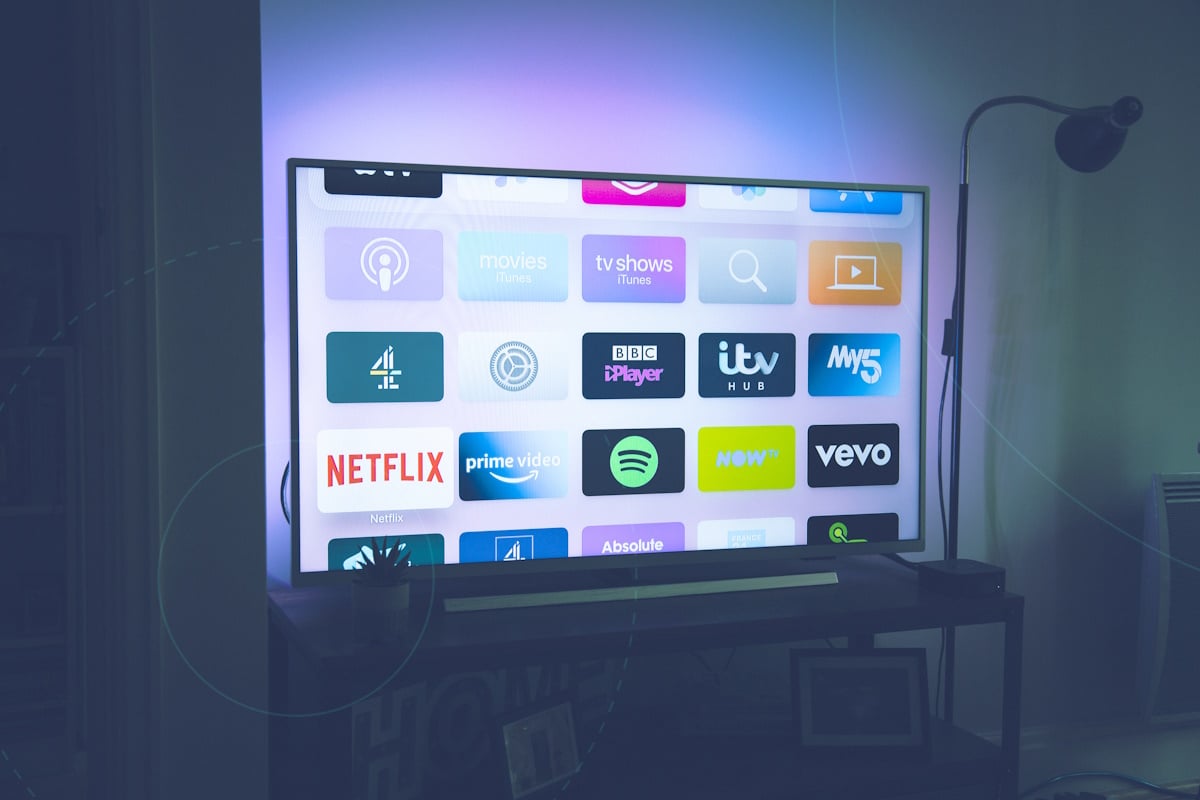The definitive answer to your questions about Connected TV vs. OTT, and why the differences matter to advertisers.
Contrary to popular belief, CTV and OTT aren’t one and the same. This guide explains the differences between the two ad channels.
Cord-cutting was already on the rise before the pandemic, but 2020 nudged consumers even further into the open arms of their connected TVs. Advertisers rushed to meet viewers, pushing connected TV ad spending over $9 billion in 2020 and up to over $13 billion in 2021. With streaming platforms available on virtually every device, the way consumers access content is changing rapidly and permanently. That’s why it’s more important than ever for brands to get up to speed about connected tv vs. OTT advertising.
In this article, we’ll distinguish between CTV vs. OTT and examine why the difference is vital for today’s advertisers to understand.
Connected TV vs. OTT Advertising: What’s the Difference?
While it has become popular to use the terms “connected TV advertising” and “over the top advertising” interchangeably, they are not the same. CTV advertising is the practice of running ads specifically on connected TVs, meaning televisions designed to connect to the internet and stream multimedia content. Meanwhile, OTT advertising is the practice of running ads within the multimedia content that those connected TVs make available to viewers.
The fact that consumers can stream multimedia content on any number of devices — not just smart TVs — is the primary distinction between CTV vs. OTT. Think of CTV advertising as a subset of the broader OTT advertising category, which consumers may encounter on tablets, laptops, and mobile phones in addition to televisions.
CTV vs. OTT: What’s an Example?
Take Hulu, for example. Hulu is an OTT channel — it is a multimedia content provider designed to be streamed over the internet. Hulu subscribers can view the content it offers on a mobile phone, tablet, or laptop, through a dedicated streaming device like the Roku or Fire TV Stick, or on a smart TV. In each of those cases except for the smart TV, the content displayed would qualify as OTT.
When that Hulu subscriber curls up on the couch and starts up their smart TV to stream the latest episode of their favorite show, the fact that they are viewing the content (and all the ads that come with it) on TV glass puts that experience squarely in CTV territory.
Read more on the unique distinctions (and advantages) that CTV brings to traditional OTT advertising in our free report:

How Are CTV and OTT Channels Monetized?
Streaming content platforms have a few options when it comes to monetizing their OTT channels. These are the most popular monetization strategies in use today:
TVOD: Pay-Per-View
The pay-per-view model is a lucrative option for streaming providers with incredibly popular content. Basically, viewers pay a one-time fee to gain access to a piece of content. Whether it’s a live broadcast like a title fight in a major MMA league or just a favorite film, pay-per-view is a familiar structure for consumers. Apple TV is a popular player in the TVOD space — any time an Apple TV user wants to rent or buy a song, episode, show, or movie, they have to complete this type of pay-per-view transaction.
SVOD: Subscriptions
In the subscription model, viewers pay a monthly fee to gain unlimited on-demand access to a company’s entire library of content. Netflix is a good example of this model in action: Every series and every movie included in Netflix’s library is available to subscribers so long as they keep up with their monthly payments. Subscription content services often offer multiple tiers of membership, with increasing access to features or video quality at higher price points.
While many subscription models focus on giving viewers access to ad-free content, other platforms offer a hybrid version of this model. Hulu, for example, uses tiered subscriptions to offer multiple price points with different benefits, some with ads and some without. The basic plan carries a lower monthly fee and gives viewers access to Hulu’s full content library with ads interspersed throughout the viewing experience. For a higher price, Hulu customers can access the same content with the added benefit of ad-free viewing.
AVOD: Advertising
Advertising is perhaps the most popular monetization strategy for OTT channels. The AVOD model allows users to access content for free in exchange for spending a few seconds of their viewing time watching an ad. Certain streaming providers offer limited free access, for example, to get their foot in the door with viewers while hoping to convert them to paid subscribers later. Others, like YouTube TV, use AVOD to keep a certain amount of their video content available for free (for the viewer).
Because brands are footing the bill in the AVOD model, they must be able to make accurate connections between the ads they show on CTV and OTT devices and the purchases viewers of those ads later make. With CTV advertising, brands can take advantage of the fact that many televisions are shared by multiple people in a household, leading to more bang for the advertising buck. Because connected TVs share IP addresses with other devices in the same household, CTV advertising allows for direct attribution between an ad shown and an action taken.
On the other hand, OTT devices as a general category make attribution a little more complicated. Laptops, tablets, and mobile phones are all designed to be portable, so their IP addresses aren’t fixed in the same way as a smart TV. If someone views an ad on their connected TV at home in Memphis but then hops on a plane to Milan before using their phone to purchase the item they saw in that ad, those two devices won’t share the same IP address.
Access to detailed, direct attribution capabilities are just one way that CTV is such a powerful performance TV advertising channel. Ready to learn more about how tvScientific can help you unpack connected TV vs. OTT and make television part of your advertising strategy? Get in touch today.







